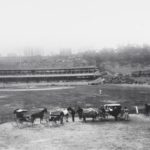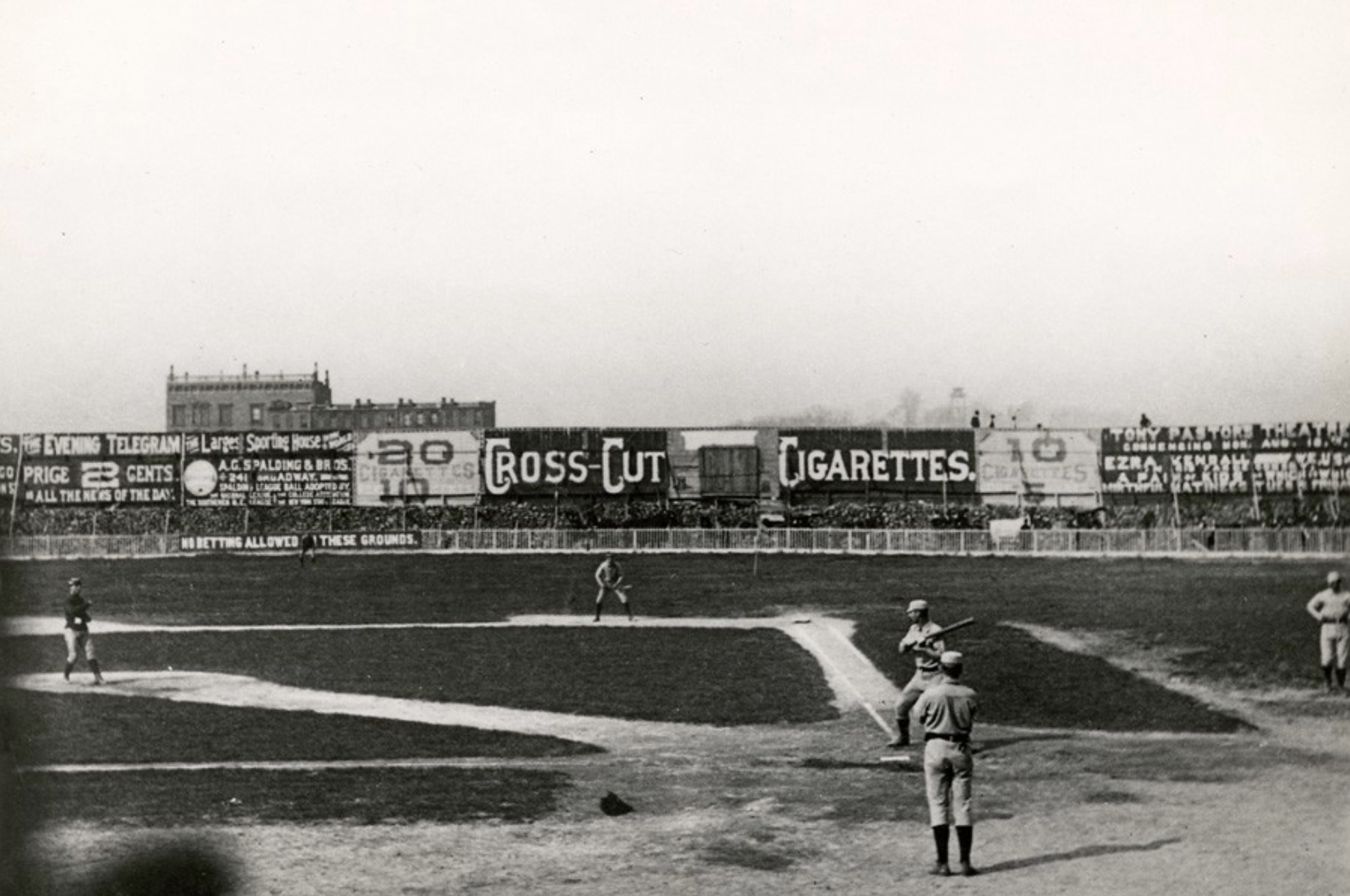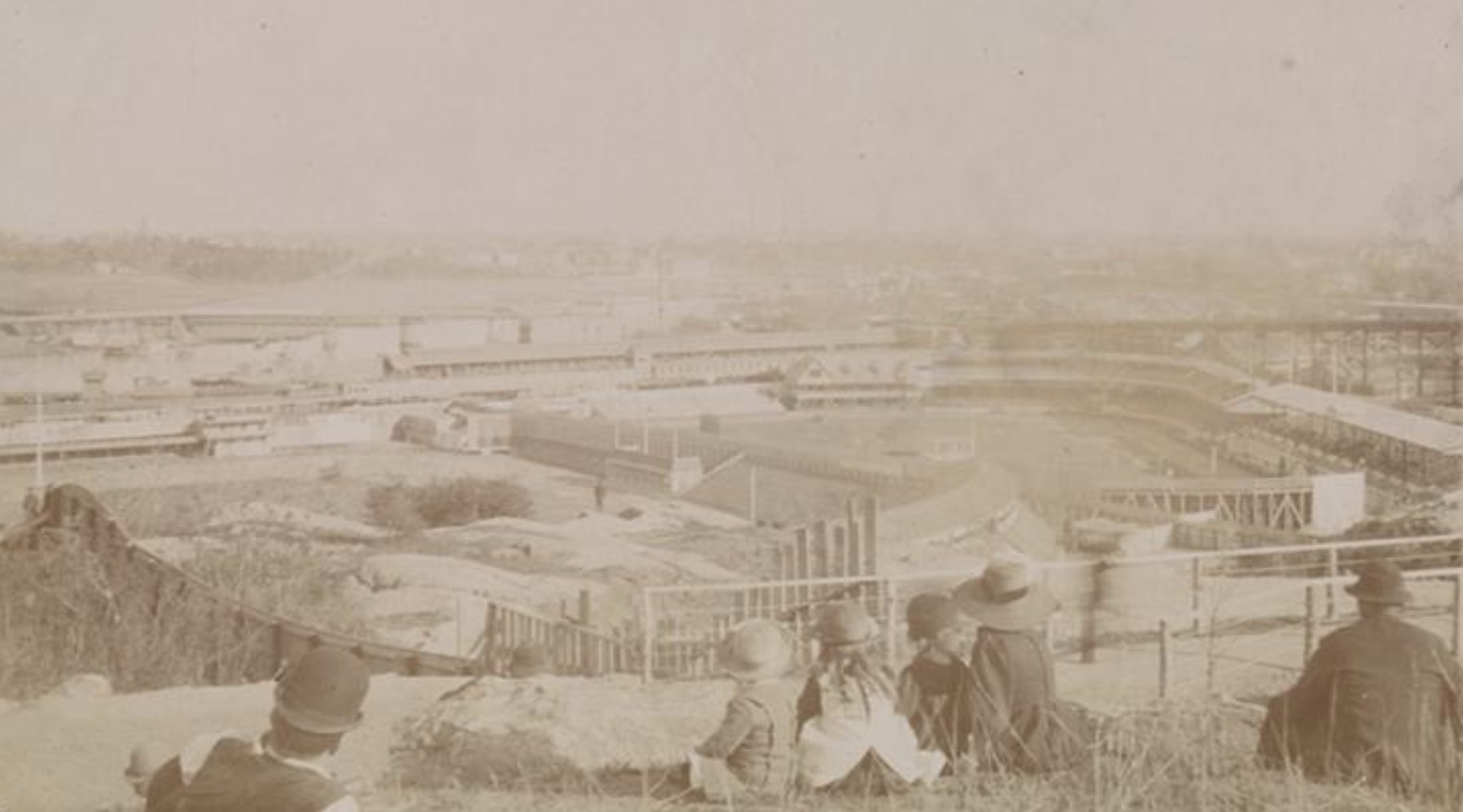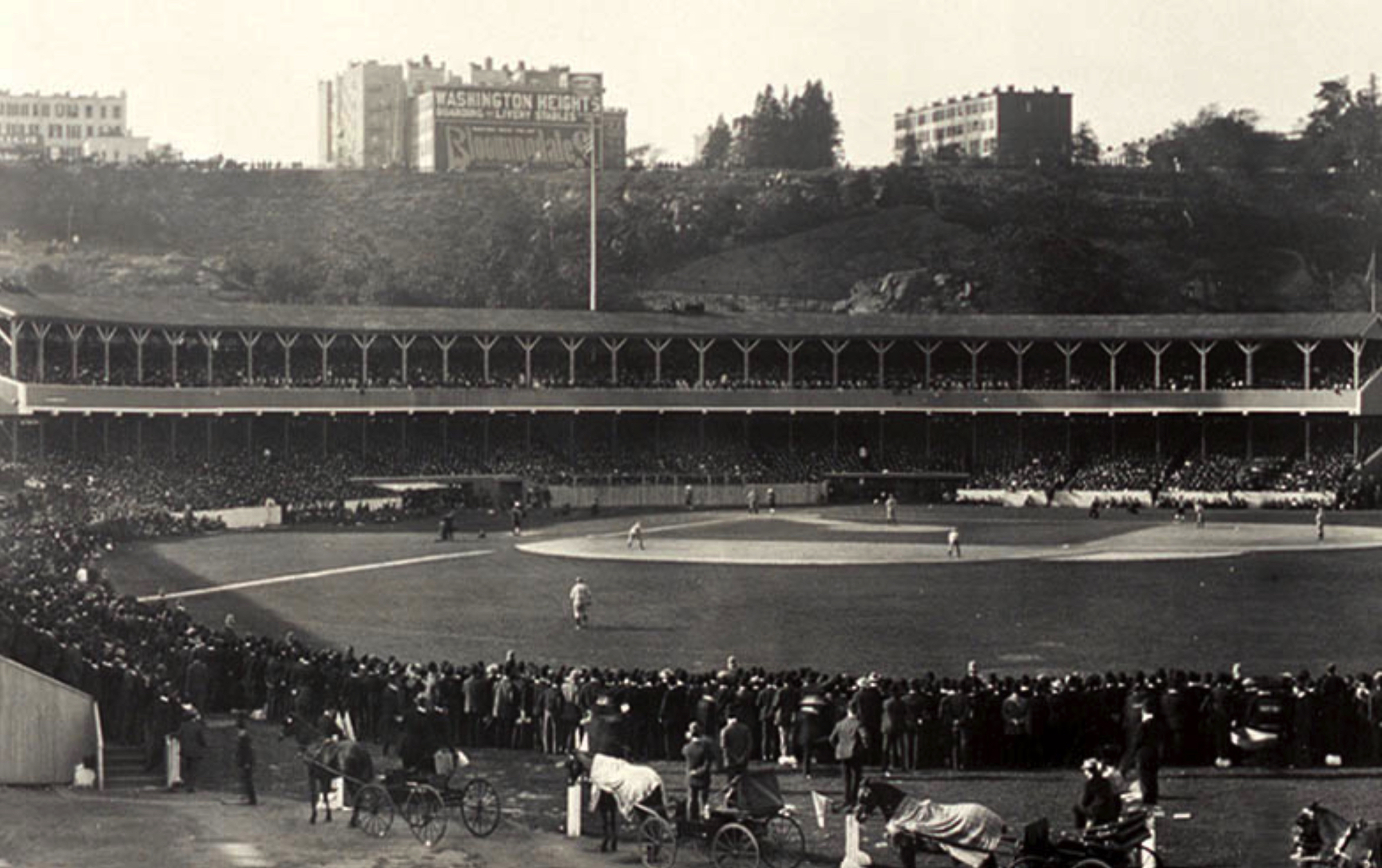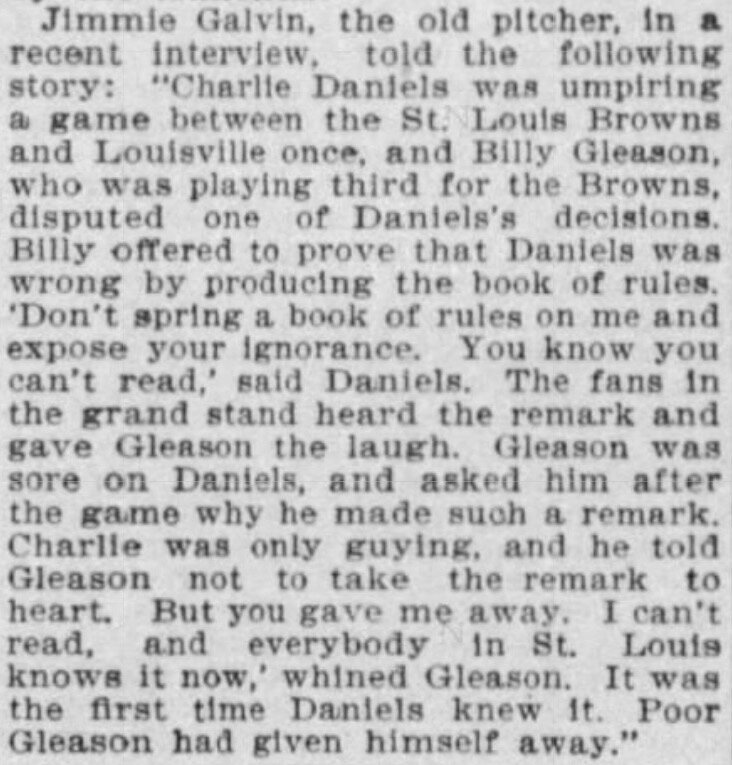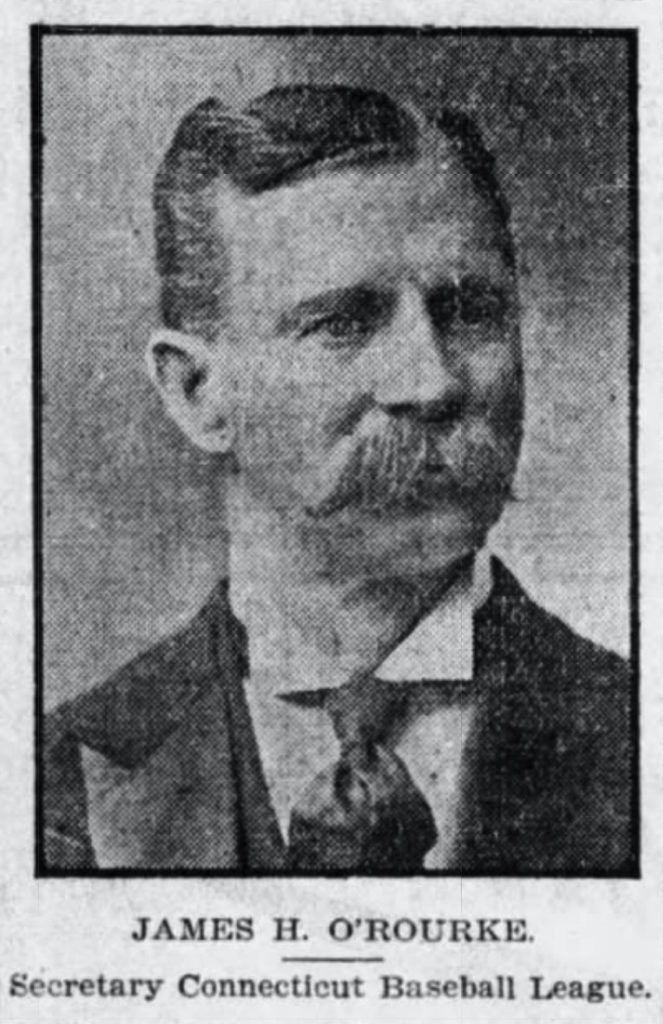Recently, five GHTBL alumni were victorious on the national stage for Eastern Connecticut State University. Bryan Albee, Jack Rich, Zach Donahue, Aidan Dunn and Andres Jose earned a D-III College World Series Championship ring over LaGrange University in Cedar Rapids, Iowa. Congratulations to Head Coach Brian Hamm, who has captured Eastern’s fifth national title. Guided by Hamm, Albee, Rich, Donahue, Jose and Dunn have become proven winners, on and off the field. GHTBL is grateful to have these men as representatives of our league.
Graduating senior Bryan Albee plans to pitch for the East Hartford Jets, who are currently in first place in the GHTBL standings. Albee nabbed the Mike Abbruzzese Award for Outstanding Playoff Pitcher last season with the Jets. Jack Rich is also aboard the Record-Journal Expos as their perennial all-star outfielder. Last year, Jack was the Frank McCoy Award winner for Most Valuable Player in the league.
Want to rewatch the clinching World Series game? CLICK HERE

